Textil and Clothing
Testing areas
Textile and clothing
One of the most extensive areas in our test laboratory is the examination of textile and clothing articles as well as textile products of all kinds.
Materials are tested for their mechanical-technological and chemical-analytical properties using a variety of different measuring procedures and test methods. In doing so, it is possible to determine requirements for the general use of the products and their quality, or to draw conclusions about the presence of substances that are harmful to health.
In the field of the analytics, CTL® GmbH uses a range of high-precision measuring instruments to detect a wide variety of elements that are banned in respective products. In addition to legal regulations for various harmful substances, manufacturers and importers define their own strict criteria in order to protect the consumer. Through our analyses, manufacturers and importers know whether the prescribed limits are complied with, and the respective products are marketable.
Detailed customer advice and support are an integral part of our service.
We prepare individual offers and test reports.
-
Leisurewear
-
Professional clothing/ work wear
-
Children's/baby's clothing
-
Outdoor clothing
-
Technical fabrics
Testing examples
-
Pilling test
-
Strength test
-
Colour fastness
-
Alkylphenol Ethoxylates (APEOs)
-
Chlorophenols, PCPs
-
Prohibited dyestuffs
-
Fibre analyses; Determination of fibre composition
Selected Services
Discover some of our key testing solutions related to this department. Contact us for a full list of services or to discuss your specific testing needs.
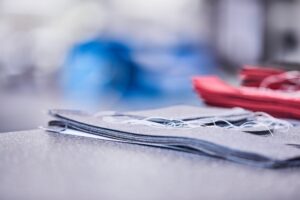
Tensile strength testing with the Grab Test
Grab Test, a method used to determine the tear strength and elongation of textile fabrics. This test measures the maximum force required to tear a
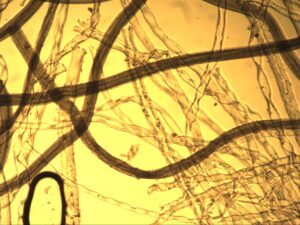
Fiber analysis – qualitative
DIN CEN ISO / TR 11827 describes a set of methods for determining the quality of fiber types. These include microscopic procedures and chemical processes
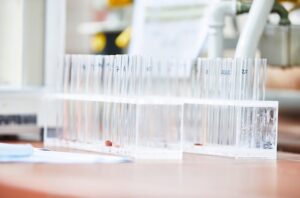
Formaldehyde determination
Formaldehyde: quantitative determination of free formaldehyde (SOP 4193) DIN EN ISO 14184-1 specifies a method by which free formaldehyde is extracted with water from textiles

Lightfastness
DIN EN ISO 105-B02, Textiles – Tests for colour fastness – Part B02: Colour fastness to artificial light: Xenon arc light, method 3, exposure level
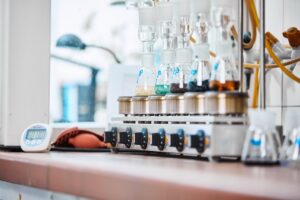
Alkylphenols and alkylphenol ethoxylates
DIN EN ISO 18254-1 specifies a method for determining the content of Alkylphenol ethoxylates (APEOs) in textiles. DIN EN ISO 21084, on the other hand, describes

Seam shift resistance with fixed seam opening
DIN EN ISO 13936-1, Textiles – Determination of sliding resistance of yarns in fabric seams – Part 1: Method with specified seam opening The method
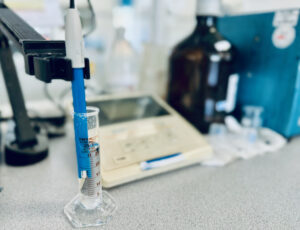
pH value determination
pH-value of aqueous extract DIN EN ISO 3071 specifies a method for determining the pH value of textiles. A defined amount of the textile is
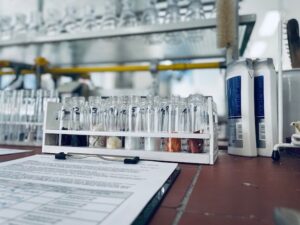
Nickel release
DIN EN 1811 describes a method for determining the release of nickel from metal parts. For coated metals, an abrasion process according to DIN EN
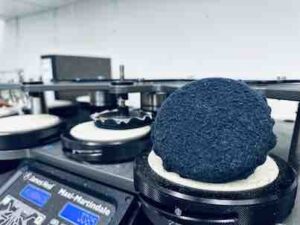
Pilling – Martindale method
Our laboratory offers the DIN EN ISO 12945-2 modified Martindale method to determine the pilling tendency of textile fabrics. This method involves assessing the formation

